Yinka Shonibare, Luiz Zerbini & More Show On SOUTH SOUTH, A New Platform Championing Art From The Global South
By Something CuratedSOUTH SOUTH is a recently launched online community, sales platform, archive and resource for artists, galleries, curators and collectors invested in the Global South. “The platform offers a repository and a space for new, shared value systems centred on community, collaboration and exchange,” its founders explain. It endeavours to be a central portal to experience the programmes and artist profiles of galleries within and dedicated to the Global South. The online platform will host year-round events and seeks, during these challenging times, to address an imbalance in the global cultural framework by providing a means to explore a de-centred art world, within a broader geopolitical context.
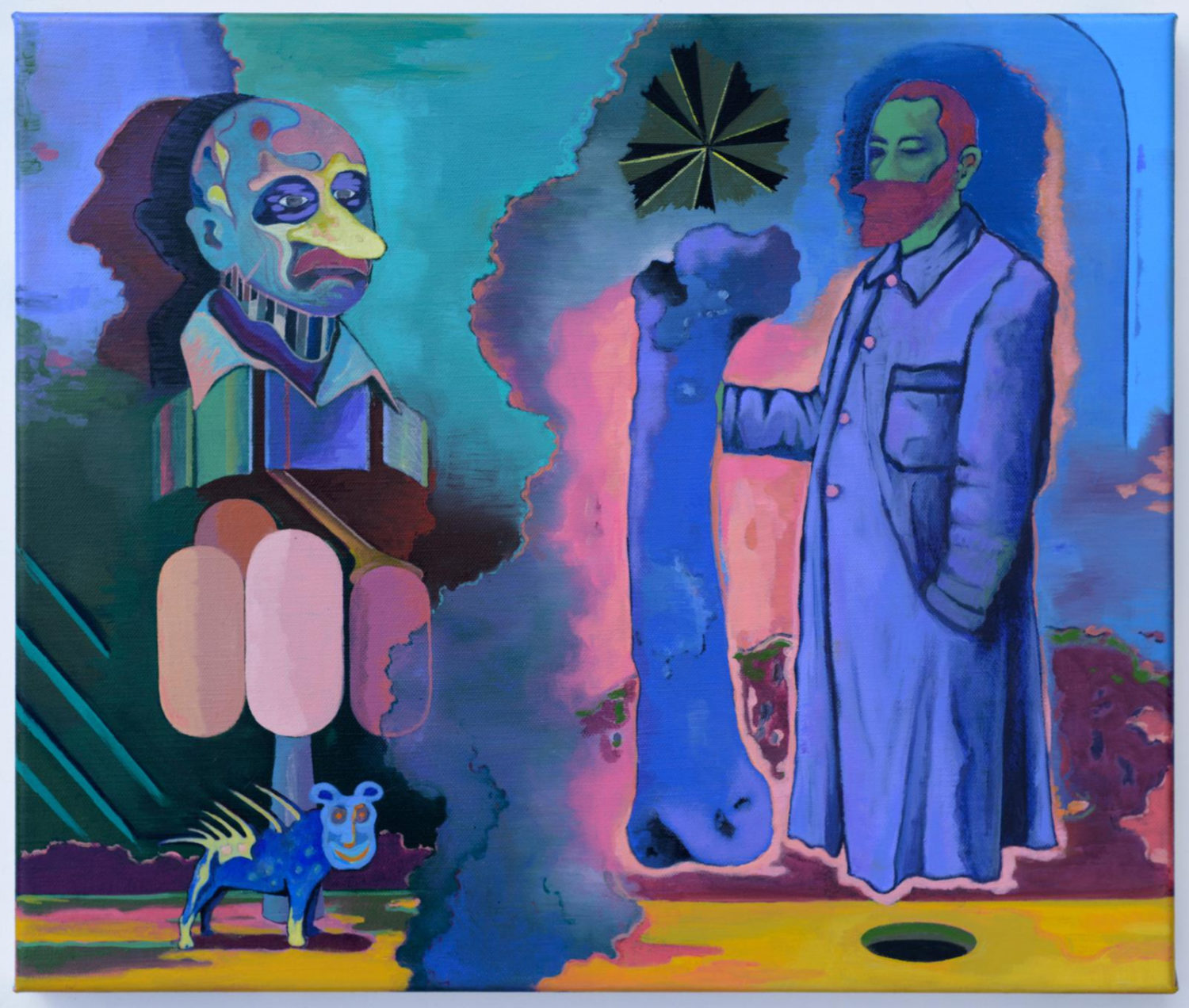
Established by Liza Essers, the owner of South Africa’s Goodman Gallery, SOUTH SOUTH facilitates a community-built archive highlighting selected seminal exhibitions, texts and moments about modern and contemporary art in the Global South. The platform also maintains an editorial side, including conversations, essays and other pieces on current events. For the platform’s launch, numerous galleries have come together to take part in an innovative sale foregrounding artists from the Global South. Following SOUTH SOUTH’s live auctions, an online viewing room opens to the public from tomorrow, 24 February to 7 March 2021. The event features over 50 galleries from more than 40 cities spread across 30 countries and 5 continents.
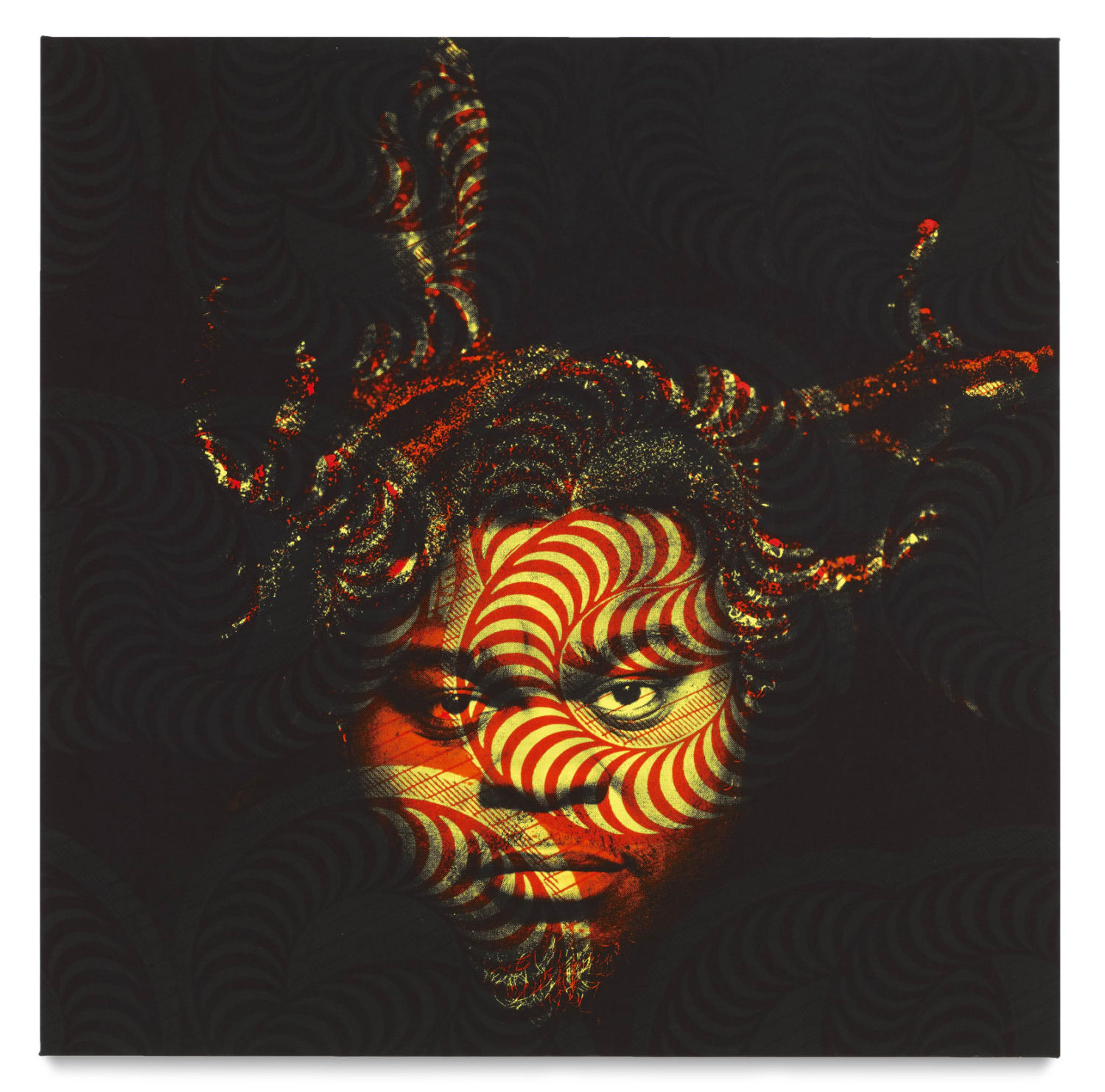
Among the programme’s highlights is Stephen Friedman Gallery’s presentation of Self Portrait (after Warhol) 5, 2013, a unique screen print by Yinka Shonibare CBE RA. A homage to Warhol, the hand-painted and screen-printed work presents the imagery of Shonibare’s trademark Dutch wax batik fabric overlaid across a portrait of the artist’s face. Brazilian artist Beatriz Milhazes also plays with kaleidoscopic patterns of abstract shapes: the artist is represented by Feijão Fradinho, 2014, a vibrant collage that combines paper cut-outs, layered forms, patterning and abstraction. Also presented by Stephen Friedman is an intricate textile work by Brazilian artist Tonico Lemos Auad. Porcelain, 2019 utilises woven paper, wool and linen. Set in a purple heart wood frame, the work is inspired by Derek Jarman’s iconic coastal garden at Prospect Cottage in Dungeness, England.
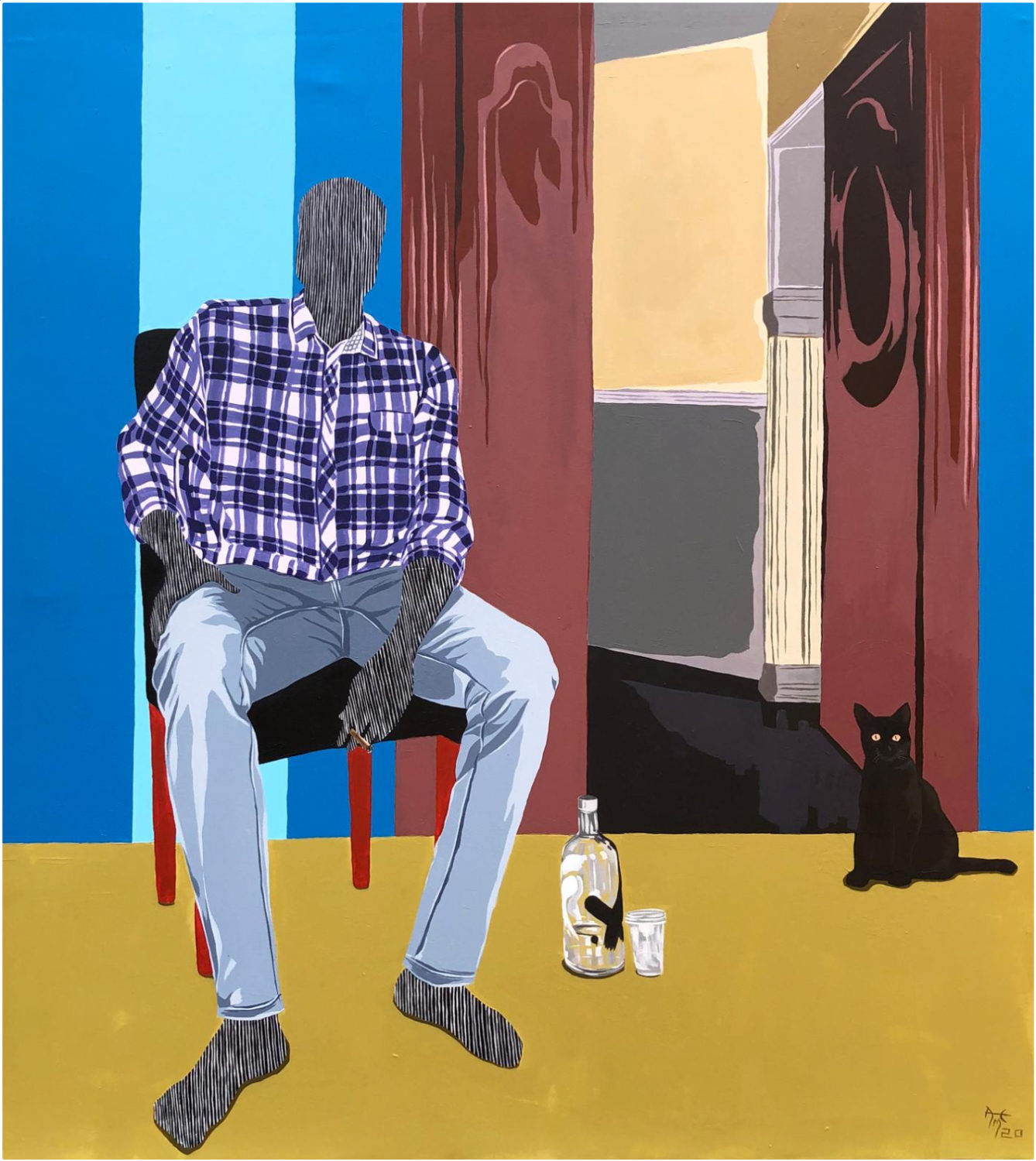
Lagos-based Rele Gallery presents a painting by Ameh Egwuh, whose practice is characterised by his fascination with lines. Drawing inspiration from the scarification techniques of ancient Ife art, Adinkra, and Nsibidi art signs and symbols, Egwuh’s paintings invite the viewer into an expansive, multi-layered world populated with dynamic figures in intimate and casual scenes of family and everyday life. Exploring concepts of home and familial responsibilities, solitude, and identity, Egwuh utilises multiple modes of representation from expressionistic painting techniques to his use of lines and geometric patterns, drawn from textile designs from his hometown, Idoma in Benue state, in representing skin and backgrounds.
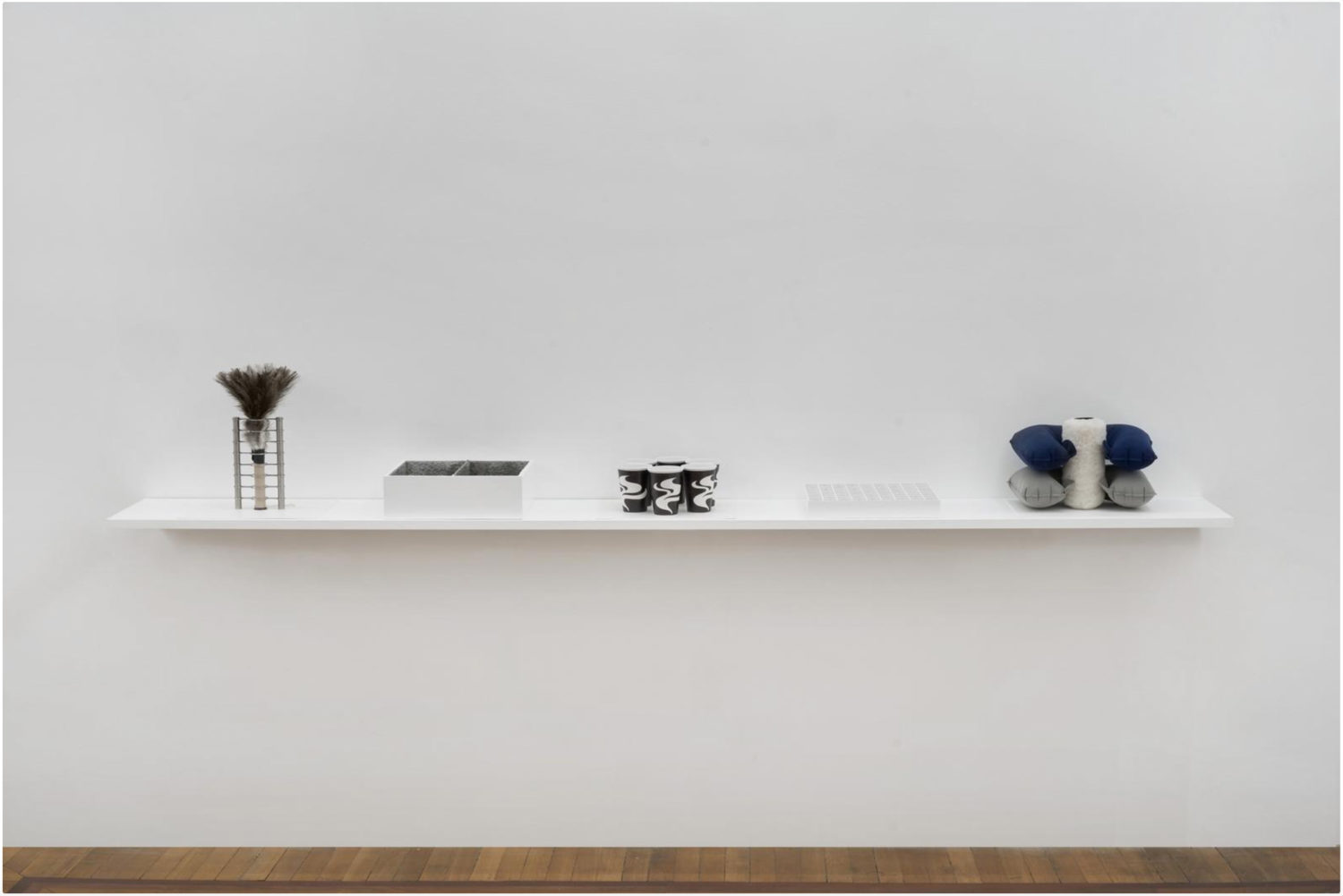
Don’t miss Buenos Aires’ Isla Flotante gallery’s presentation of Brazil-born artist Pablo Accinelli’s sculpture Relación externa. Accinelli’s work manipulates and subverts familiar objects to reveal latent uses and functions, often featuring measuring tools, modular typographies, publications and items associated with labour or a lack there of. The objects also function as references to specific environments and co-exist to form a unifying landscape that is invisible, yet present. These synthesised places can be inhabited physically and mentally, and hint at a time after work, of waiting, leisure and ways to expand time.
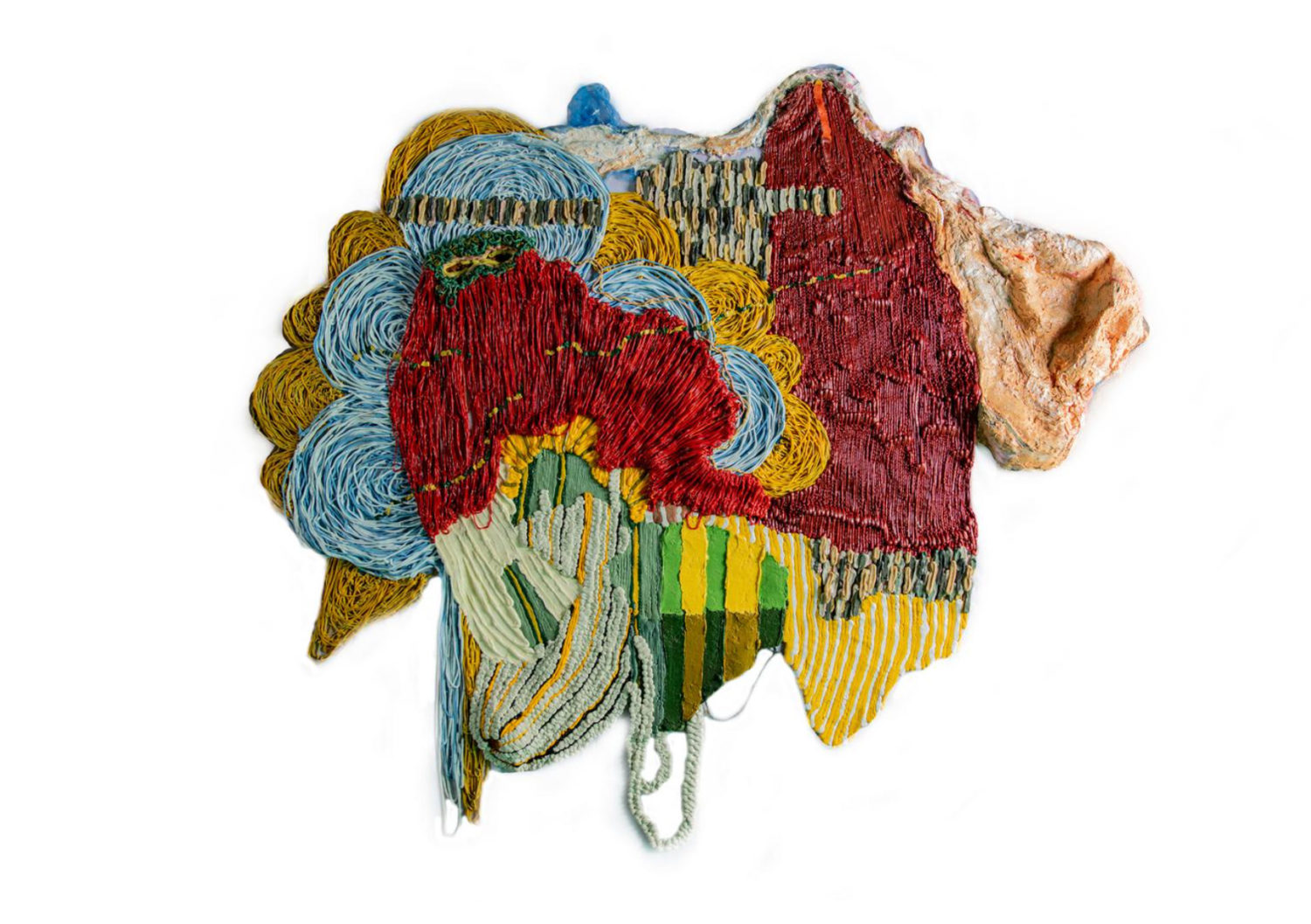
Elsewhere on the platform, discover Troy Makaza’s Dispatches from Zambesia Part 1 presented by Johannesburg-based First Floor Gallery Harare. The piece builds on a series responding to various fictions exploring what Zimbabwe is imagined to have been as projected on the present. These fictions, often impacted by colonial past, involve the idea of land and its agricultural abundance, reimagined as magical maps by the artist. Makaza’s works woven from painted silicone strings and brushstrokes inhabit the space on either side of painting and sculpture. Threadlike spider webs, accented with bands and braids of bright colour silicone, are part of Makaza’s broader examination of the fluid and in-flux relationships between various social groups and classes in contemporary Zimbabwe, which intersect with politics, gender, power, history and land.
Feature image: Detail from Luiz Zerbini, África, 2020. Courtesy the artist and Stephen Friedman Gallery